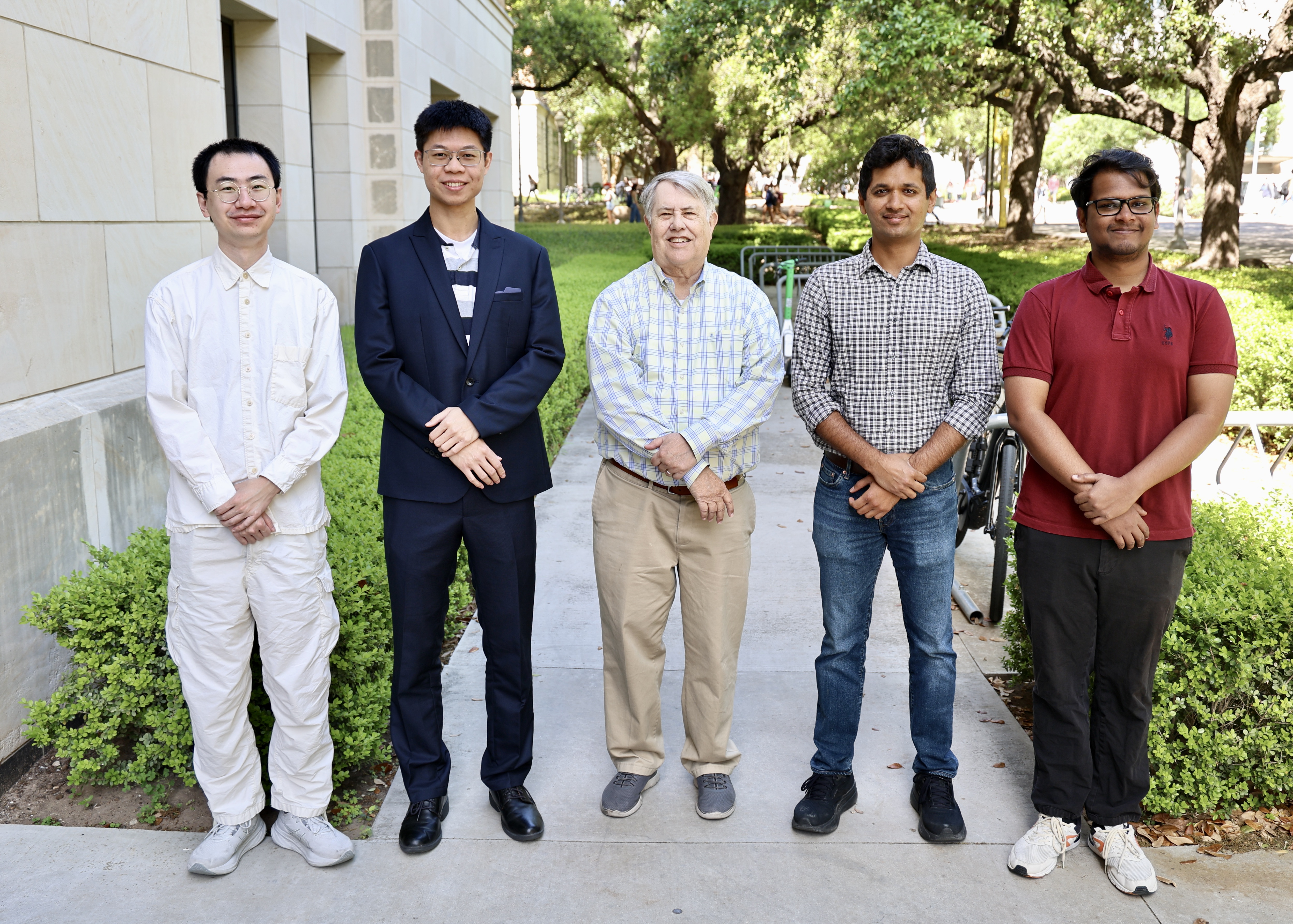
Research projects within the Center for Computational Materials focus on quantum mechanical theory applied to materials. The application of quantum mechanics to materials is a relatively new and exciting field that combines a number of different disciplines. The most vibrant and dynamic fields of science and engineering are often characterized by a combination of traditional disciplines. Research with the Center exemplifies this characterization by combining “materials science and computer science.” Materials science itself resides at the intersection of physics, chemistry and engineering, whereas computer science involves applied math and the transcription of physical problems to computational platforms. Work at the Center is based on developing new science ideas and the algorithms for implementing these ideas to answer the following question: Can one predict and understand the structure and properties of materials solely from knowledge of the atomic constituents?
Website
Directors

Faculty and Research Staff

Postdocs
Staff
The discovery and design of new materials
The goal of computational work on materials is to design and understand materials without resorting to experiment. This is particularly important for newly discovered materials such as graphene, semiconductor or metal nanowires, nanoparticles and nanocrystals, organic semiconductors, new dielectrics, high performance magnets, spintronic, topological, quantum computing and photonic materials. Such materials have inspired research programs aimed at fabricating novel devices. Materials for these applications often involve phenomena and properties apparently only in new size regimes, e.g., at the nanoscale, or in combinations that previously have not been implemented.
The physical basis for predicting properties of materials exists within the quantum mechanical theory of matter. An implementation of quantum theory would in principle allow one to predict properties only from knowledge of the atomic constituents. The chief impediment to a successful implementation of quantum theory is the difficulty involved in a direct solution of the Schrödinger equation. The equation is computationally intensive and involves numerous electronic and nuclear degrees of freedom for all but the simplest systems. The Center employs the study of algorithms targeted at solving the quantum problem using the extensive computational facilities available.
Additional links:
http://real-space.org/
Projects:
Design and Synthesis of Novel Magnetic Materials
National Science Foundation
Lead PI: James R. Chelikowsky
Co-PI’s: David Sellmyer and Xiaoshan Xu (University of Nebraska), Cai-Zhuang Wang and Kai-Ming Ho (Iowa State Univesity)
https://nsf.gov/awardsearch/showAward?AWD_ID=1729202&HistoricalAwards=false
https://www.novomag.physics.iastate.edu/announcements/about-novomag
Center for computational study of excited state phenomena in energy materials
US Department of Energy
Lead PI: Steven Louie
Co-PI’s: James R. Chelikowsky and nine others
https://c2sepem.lbl.gov/